The Mariner program was carried out between 1962 and late 1973 by NASA and the Jet Propulsion Laboratory, in which ten interplanetary probes were designed and built to explore the inner Solar System.
Space History
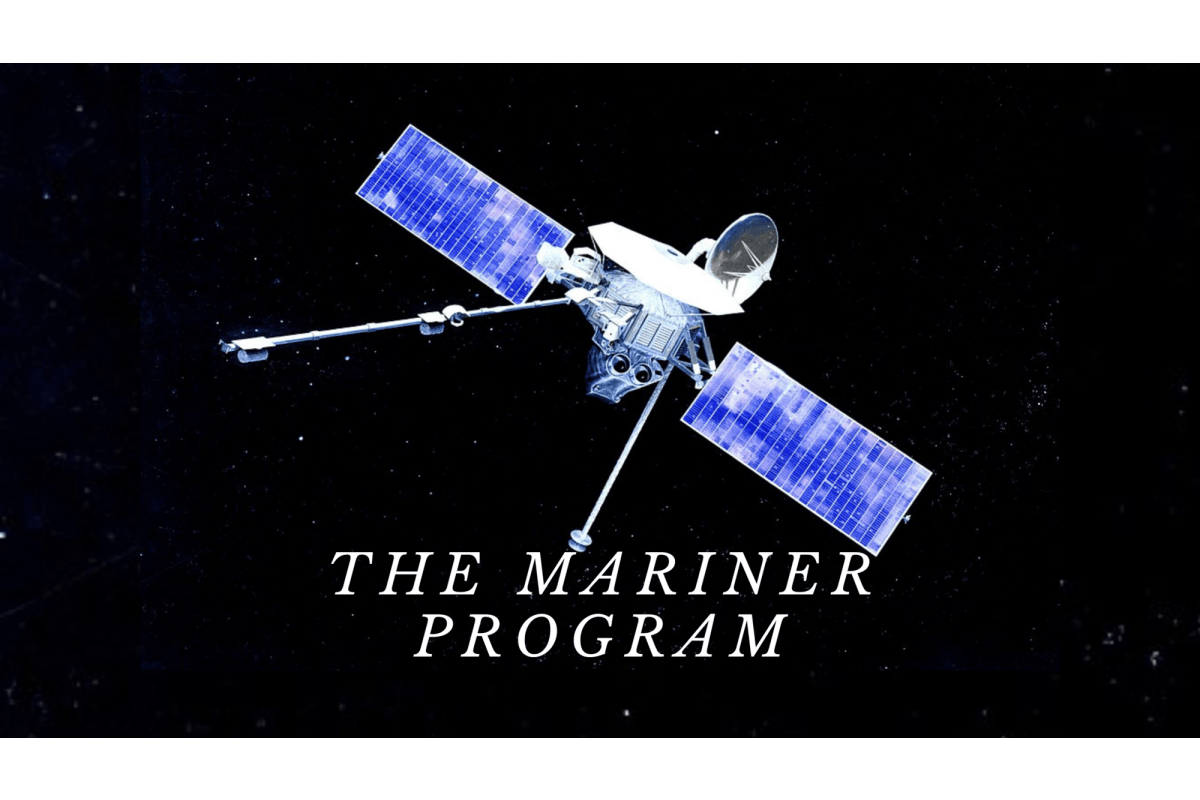
The Mariner Program
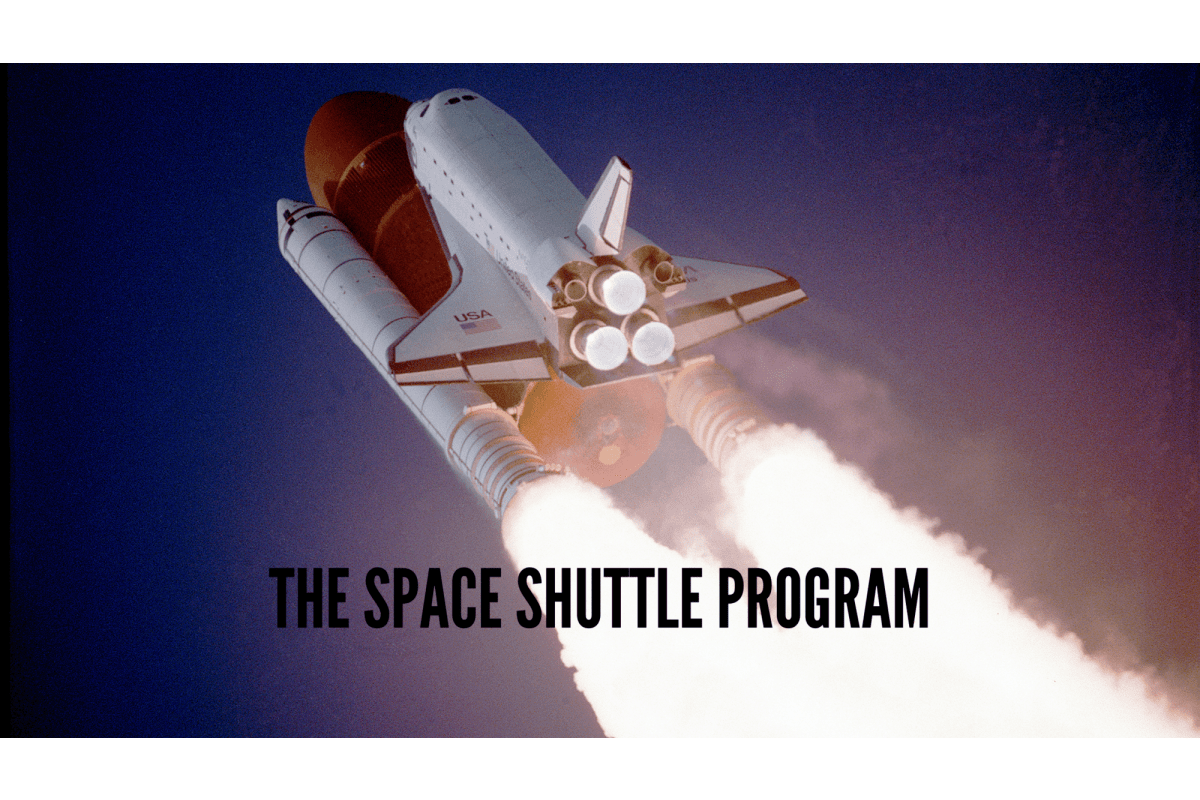
The Space Shuttle Program
NASA's Space Shuttle program was its fourth human spaceflight program, which accomplished routine transportation for Earth-to-orbit crew and cargo from 1981 to 2011. It flew 135 missions that carried 355 astronauts from 16 countries.
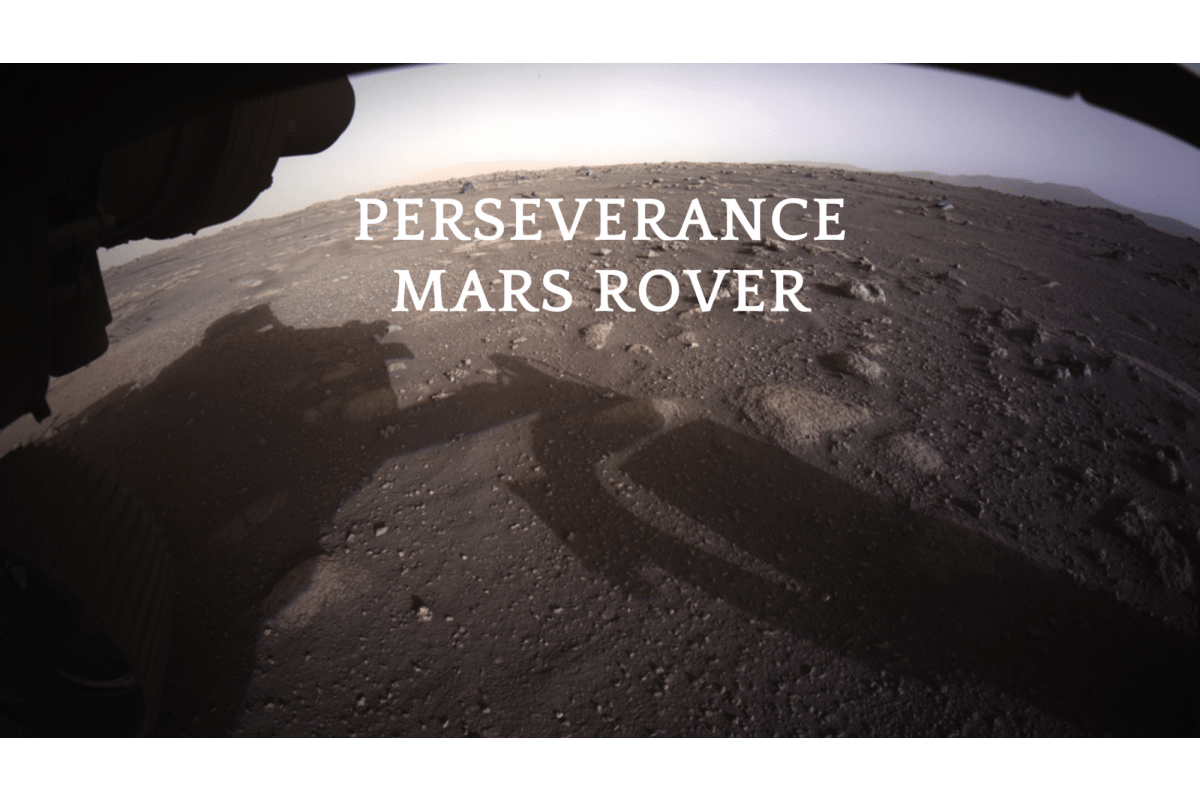
Perseverance Mars Rover
Perseverance is a car-sized rover on Mars that is designed to explore the Jezero crater as part of NASA's Mars 2020 mission, and carried Ingenuity, the mini-helicopter, to Mars as an experimental aircraft.
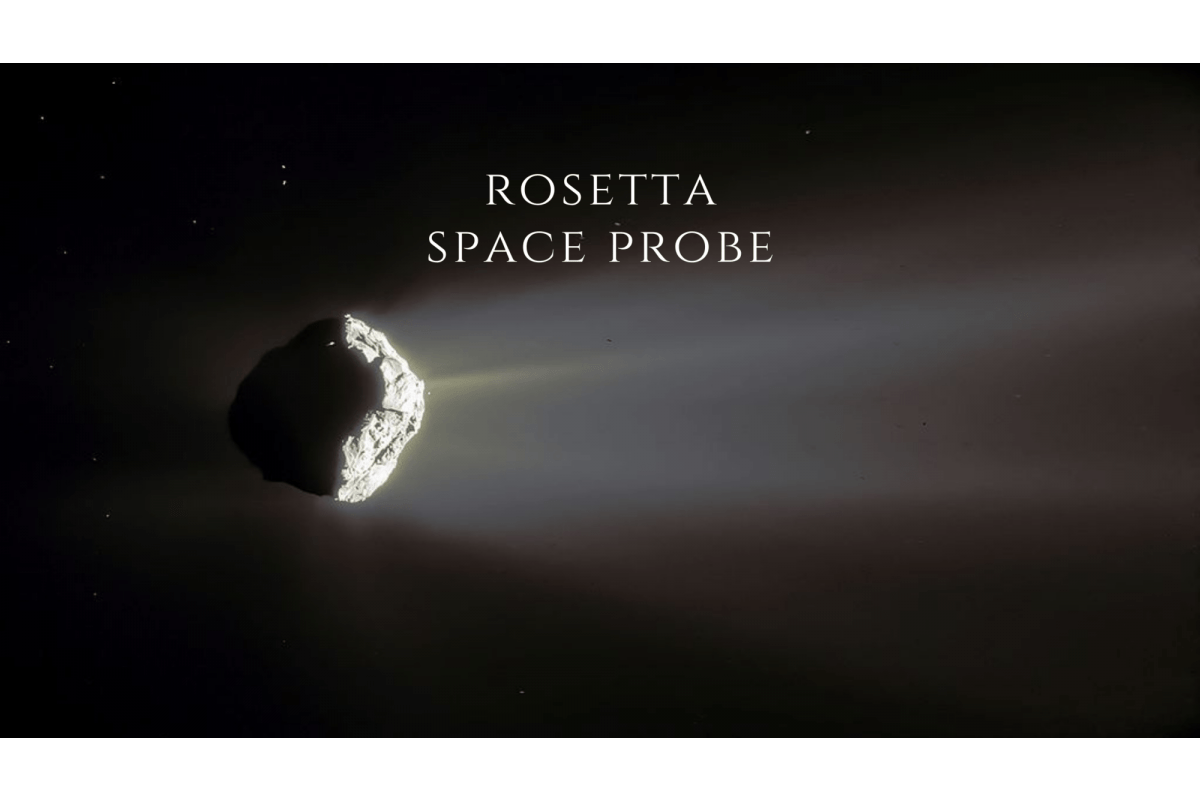
Rosetta Space Probe
Rosetta was a space probe built by the ESA that launched on March 2, 2004, to perform a detailed study of comet 67P/Churyumov–Gerasimenko.
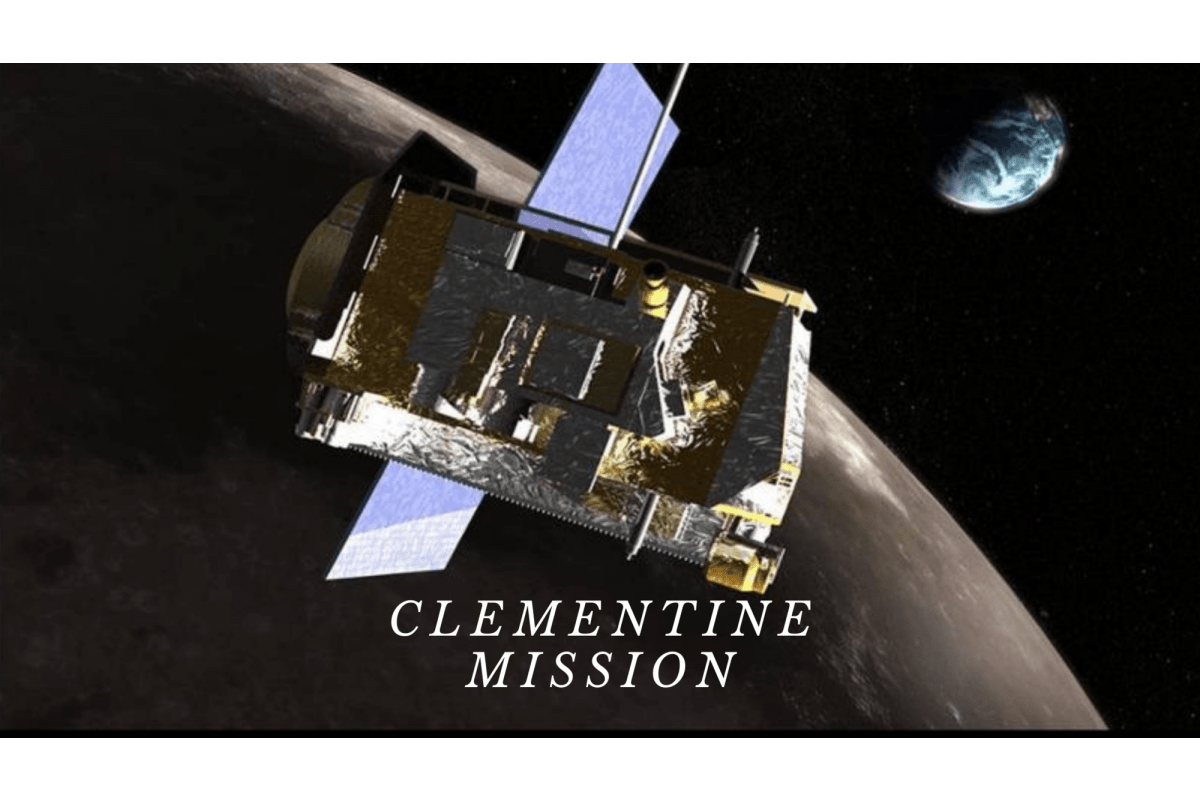
Clementine Mission
Clementine was launched on January 25, 1994, with the objective of testing sensors and spacecraft components in long-term exposure to space and making scientific observations of the Moon and the near-Earth asteroid 1620 Geographos.
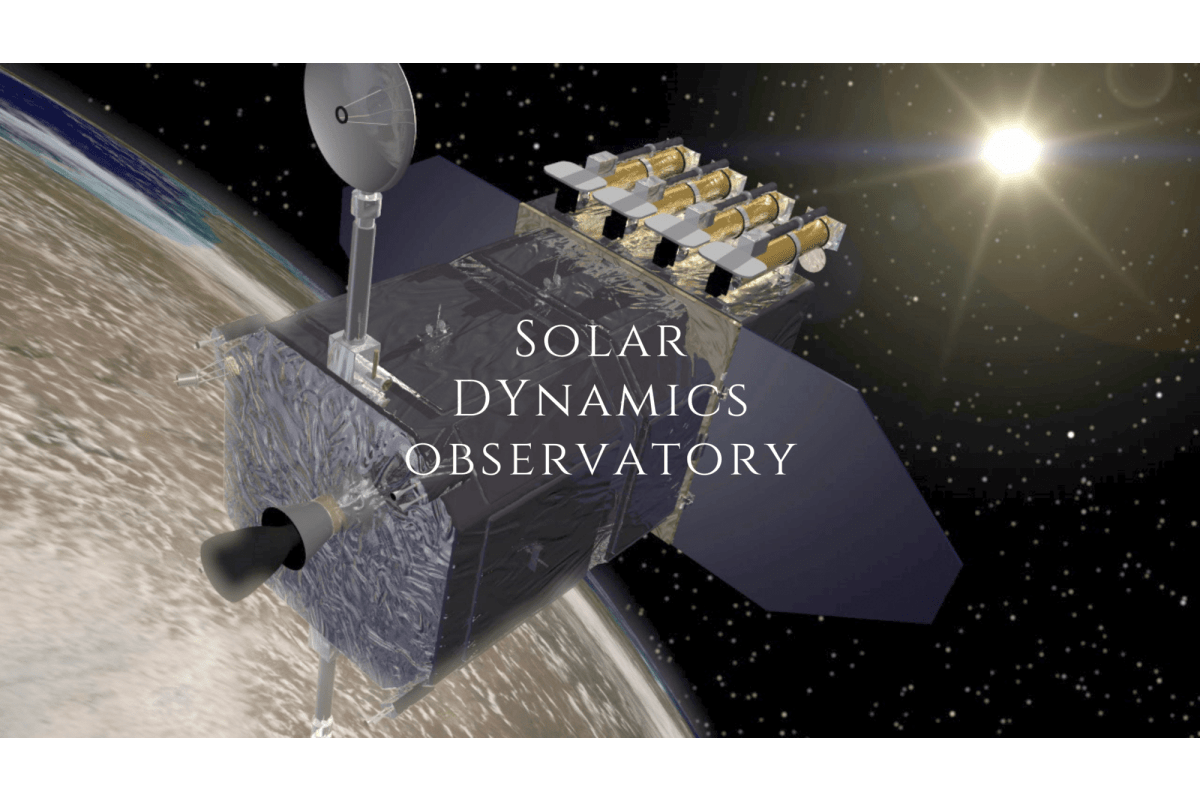
Solar Dynamics Observatory
The Solar Dynamics Observatory (SDO) NASA mission was developed to observe the Sun and enhance our understanding of our Solar System's star.
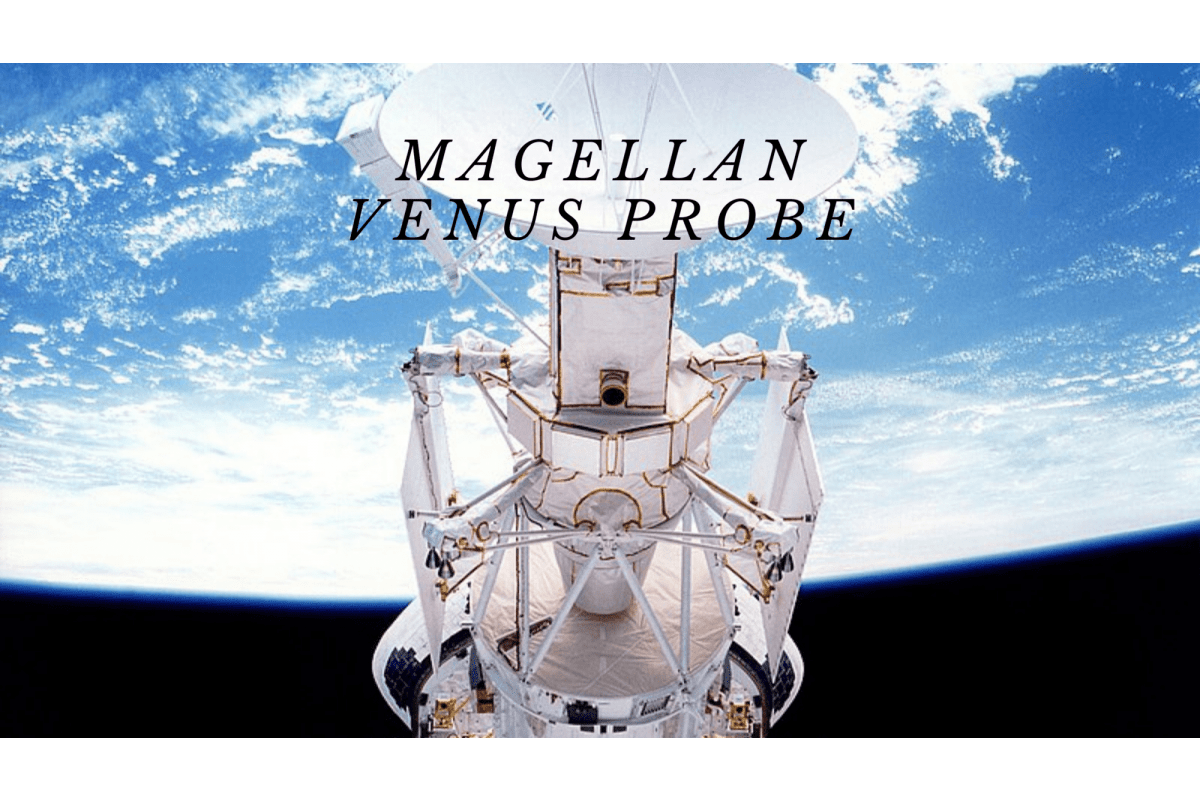
Magellan Venus Probe
The Magellan robotic space probe was launched on May 4, 1989, by NASA to map the surface of Venus and measure the gravitational field.
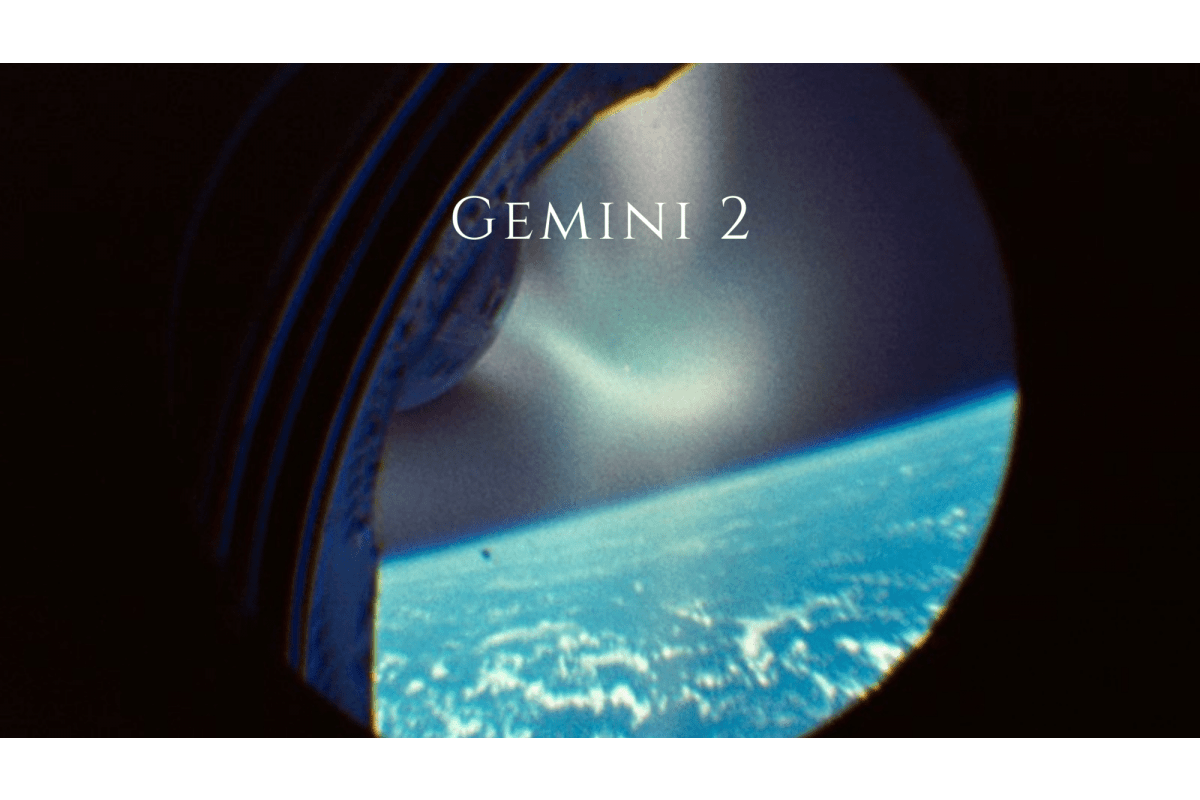
Gemini 2
Gemini 2 was the second uncrewed spaceflight of Project Gemini that was launched on January 19, 1965.
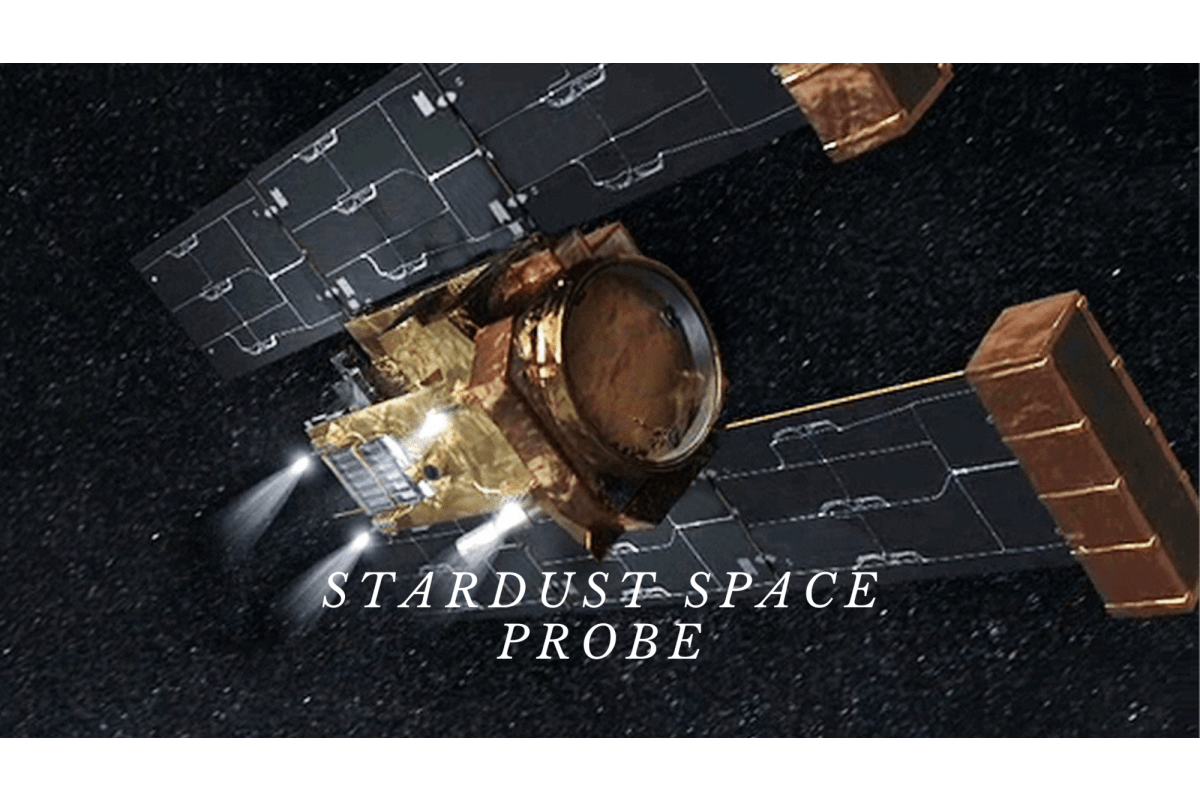
Stardust Space Probe
Stardust was a robotic space probe launched in 1999, with the primary mission of collecting cosmic dust and dust samples from the comet Wild 2 and returning them to Earth.
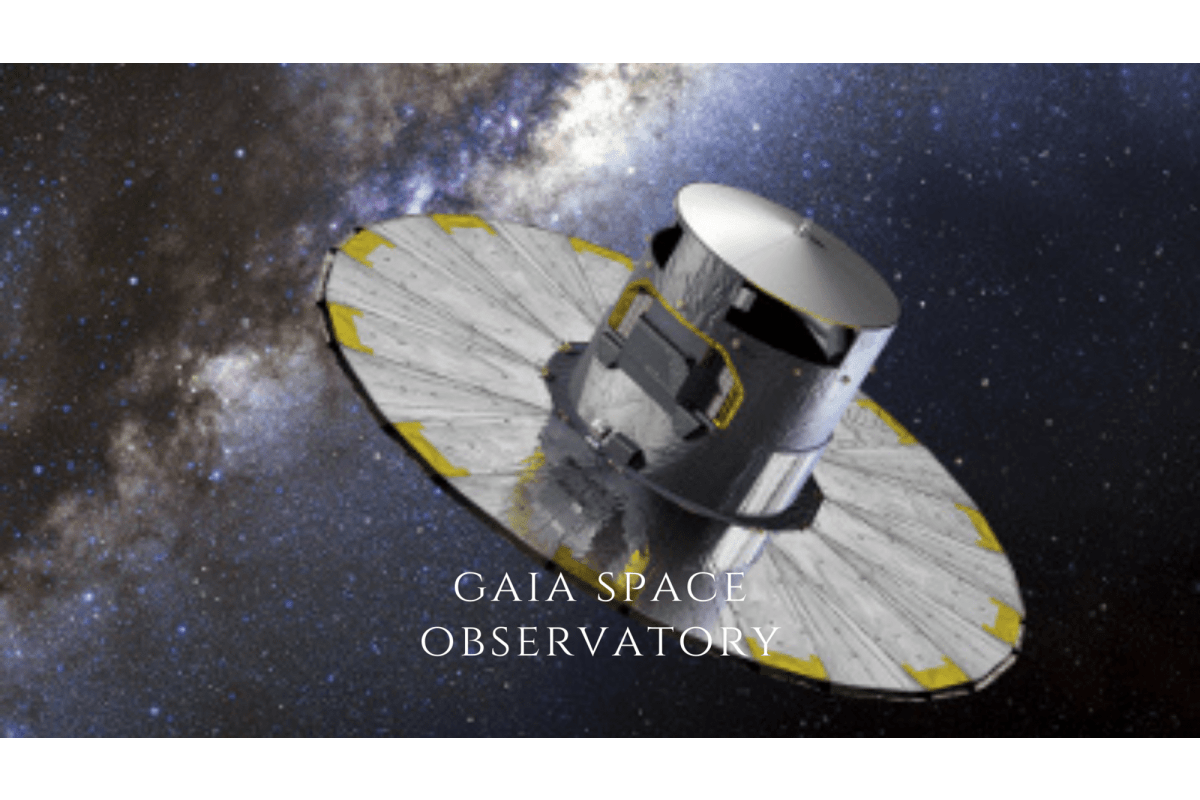
Gaia Space Observatory
Gaia is a space observatory launched on December 19, 2013, by the European Space Agency (ESA), designed to measure stars' positions, distances, and motions with precision.
